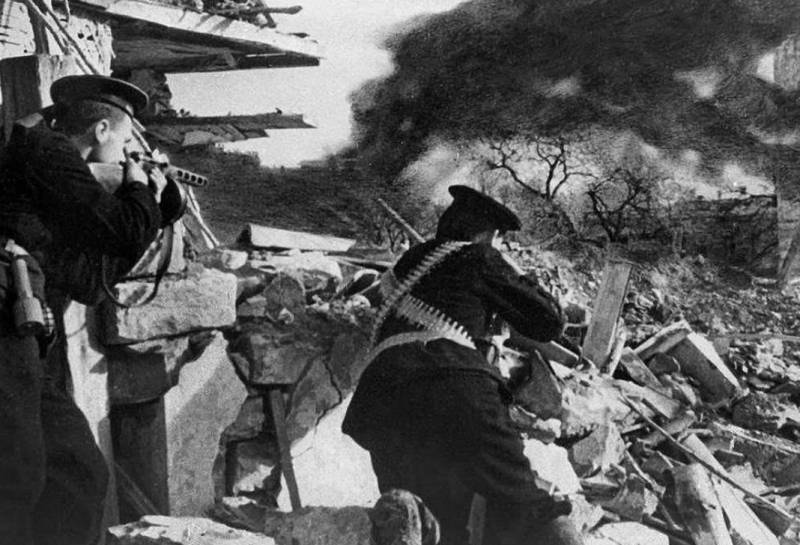Sevastopol fortress: What were the defensive structures of the city at the time of the first German assault

At the end of October 1941, the army of General Manstein came close to Sevastopol. Wehrmacht troops immediately launched an assault on the city, which heroically defended itself for the next 250 days.
The last assault on the city by the Nazi invaders began on June 7, 1942. At the same time, the Wehrmacht forces had a significant superiority: twice in people, 1,3 times in artillery, and in aviation и tanks and at all 11 and 12 times, respectively. The fortress of Sevastopol fell on July 3, 1942.
At the same time, the heroism shown by the defenders of the Hero City, who kept the hordes of Nazis superior in strength, became a vivid example of the victory of the Russian spirit over the German military machine.
Meanwhile, I would like to dwell on what the defensive structures of Sevastopol were like at the time the German assault began.
The main problem for the fascist invaders, of course, was the armored turret batteries No. 30 and 35. Reinforced concrete towers, armed with four 305-mm guns each, could conduct circular fire, turning 360 degrees. In addition, under these gigantic structures, a network of shelters and premises was built, with tunnels leading, among other things, to the sea.
There were also coastal and mobile batteries, with a total of about 50 guns with a caliber from 102 to 203 mm.
For Wehrmacht aviation, a mortal threat was represented by a floating anti-aircraft battery, created on the basis of an unfinished battleship and equipped with four 76-mm anti-aircraft guns, as well as three more each with a caliber of 37 and 12,7 mm. Later, the anti-aircraft armament of the battery was strengthened by a quadruple 7,62-mm machine gun.
It is no coincidence that the Germans nicknamed the aforementioned floating structure "Death Square".
Meanwhile, from the land, Sevastopol was rather weakly protected. Ground defensive positions began to be built only in July 1941, three months before the start of the heroic defense of the city.
As a result, the front line 43 km long and 1,5-2 km deep did not have time to be completed. In addition, it was located only 15-16 km away from the city. The capture of these positions allowed the Germans to conduct unhindered artillery shelling of Sevastopol.
At the same time, the main line, located 9-12 km from the city, included machine-gun and artillery bunkers and bunkers, naval guns, minefields, as well as concrete gouges.
The garrison of the city in total, including the Air Force of the Black Sea Fleet, consisted of 21 thousand people. The defenders of Sevastopol had at their disposal about 100 aircraft, about 150 guns and 70 mortars.
Information